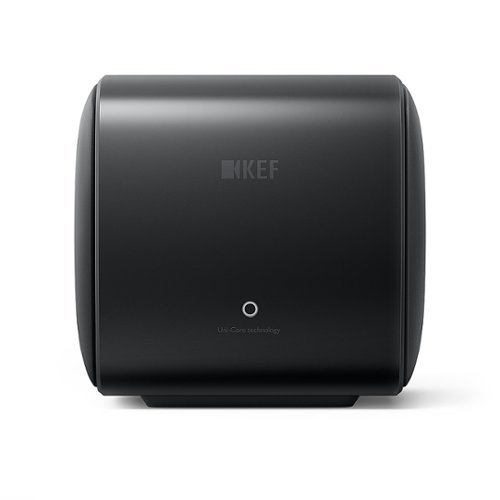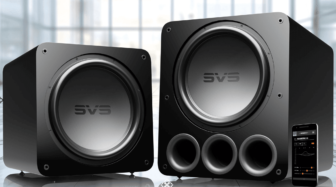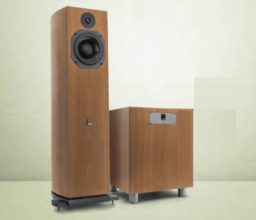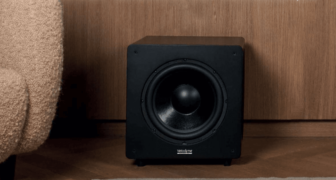KEF KC62 Review – KEF sub thinks inside the box
How compact can a subwoofer be if it still aims to deliver nearly uncompromised performance? KEF’s KC62 mini-sub proves you can shrink it more than you’d ever imagine! In this 7Review test, this remarkable little powerhouse impresses not only with its small size but also its capabilities.
by Julian Kienzle

Beyond the enthusiastic hobbyist crowd, huge “audio altars,” towering speakers, and washing-machine-sized subwoofers are no longer the only benchmark for great sound. Yet music continues to enthrall a broad audience, as streaming service figures confirm. One manufacturer following this modern reality is KEF, a true loudspeaker specialist.
Voice Coil Within a dynamic loudspeaker, this coil moves back and forth when an electrical signal is applied inside the magnet’s static field, causing the attached diaphragm to vibrate.
KEF has long offered fully equipped active speakers, such as the LS50 Wireless (II), which appeal to both hardcore hi-fi enthusiasts and more casual listeners. Their compact size, elegant design, and practical tone controls ensure they fit just as comfortably in a small city living room as in a meticulously planned high-end space.
Now KEF set out to make a subwoofer that matches today’s living realities—small dimensions, user-friendly DSP presets—yet still delivers top-notch sound even for the most discerning listeners. That quest yielded the ultra-compact KC62, measuring only about 25 centimeters on each side.
The main challenge for Dr. Jack Oclee-Brown and his development team was the limited diaphragm surface in such a tiny cabinet. KEF solved this by placing two 16.5 cm drivers opposite each other. Doing so doubles the effective diaphragm area in the same enclosure volume, providing up to six decibels more maximum sound pressure. A highly efficient Class D amp, supplying each driver with 500 watts (music power) plus ample headroom, adds the necessary control and punch.
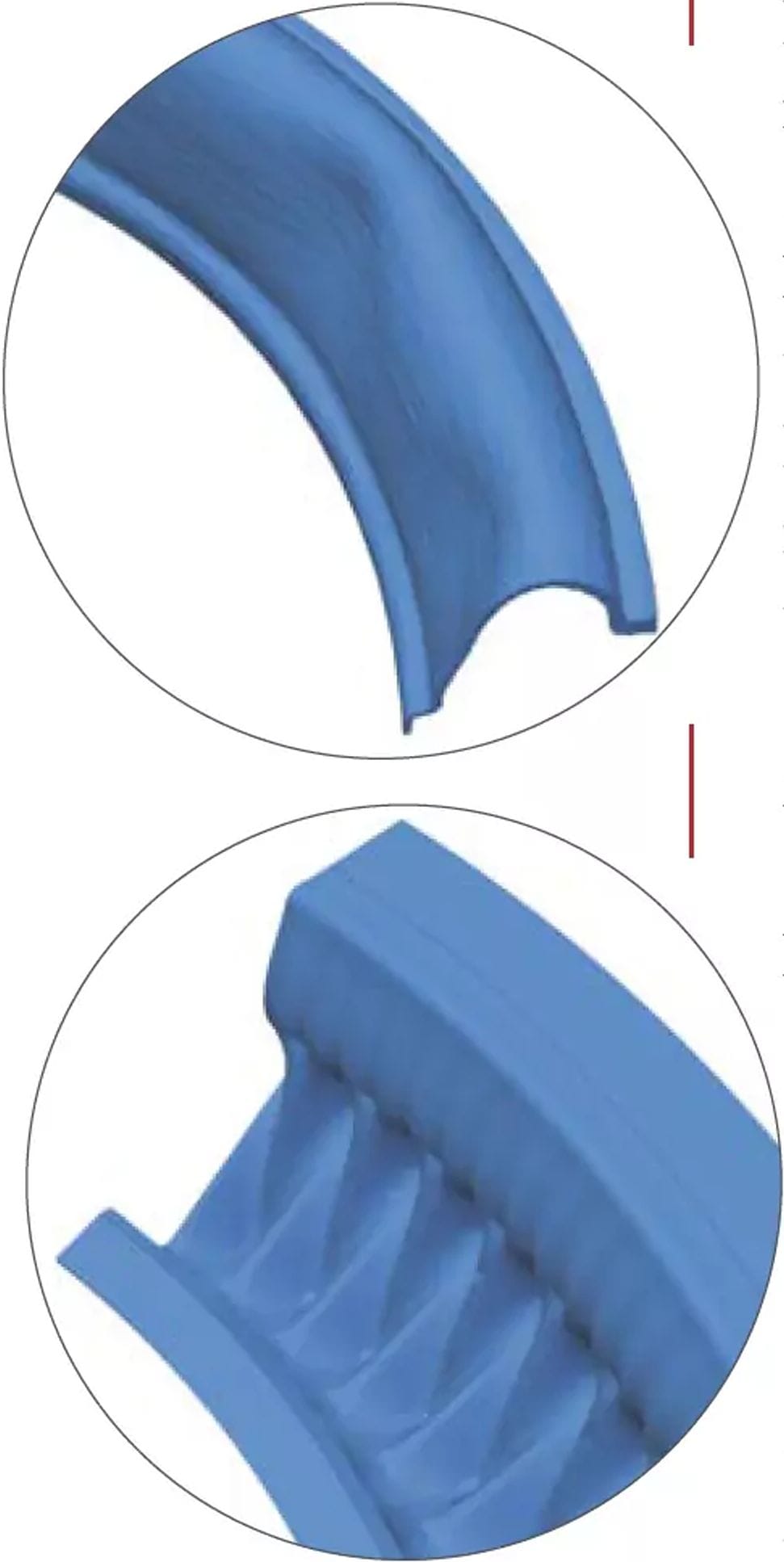
ORIGAMI These illustrations compare a typical semicircular surround to KEF’s new P-Flex surround under intense internal pressure.
Uni-Core: A Universal Genius
The KC62 applies the “Force Cancelling” principle: its two drivers move in opposite directions at the same time, significantly reducing cabinet vibrations and thus minimizing coloration.
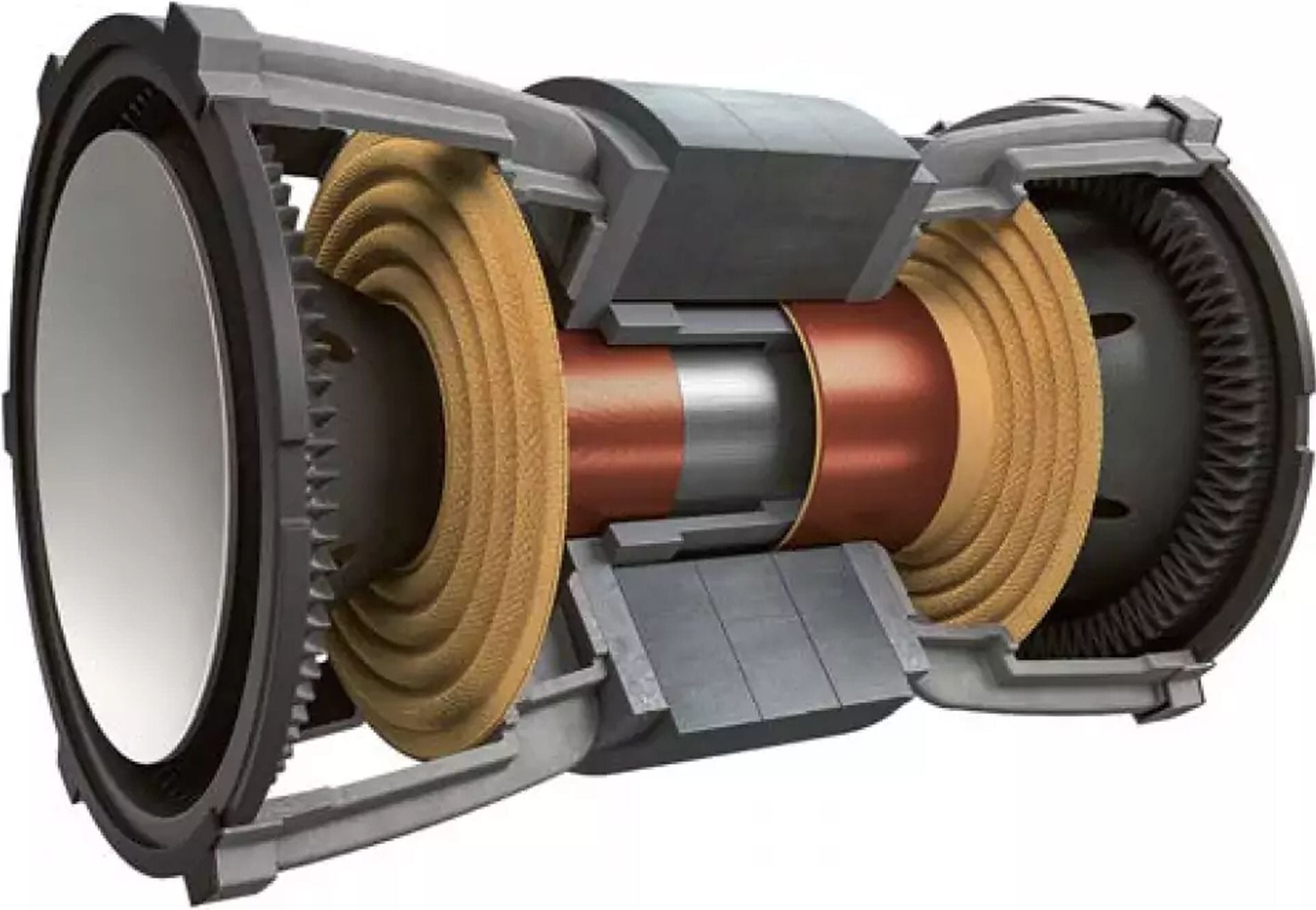
KEF’s new Uni-Core system lets both drivers’ voice coils share a single magnet block—the “core.”
Normally, two drivers would require two sets of “motors,” which either cuts down maximum diaphragm excursion or forces a bigger enclosure. Not content with that trade-off, KEF developed “Uni-Core” technology (patent pending at the time of testing). By having both drivers operate in one magnetic assembly—just one magnet and one magnetic field—they saved considerable space. One might wonder if the two voice coils would interfere with each other, but KEF solved that by using two differently sized, concentrically arranged coils. One fits neatly inside the other, allowing both full excursion.
Any tiny imbalances were carefully analyzed and compensated for, including reducing the mass of the driver with the smaller coil to match the other. This shows how deeply KEF invested in the engineering process.
The same meticulous approach applies to the KC62’s surrounds, which are distinctive in looks and function: the sub uses no bass reflex port, so the internal pressure rises sharply, especially at the first moment of diaphragm movement. The surround must handle this pressure without any dents, guiding the diaphragm smoothly throughout its range.
KEF decided a regular semicircular surround wouldn’t be enough and devised the P-Flex surround (also patent pending), nicknamed the “origami surround” for its folded surface. It better resists pressure differences, stays undistorted under high internal force, and allows the diaphragm to move with minimal distortion.
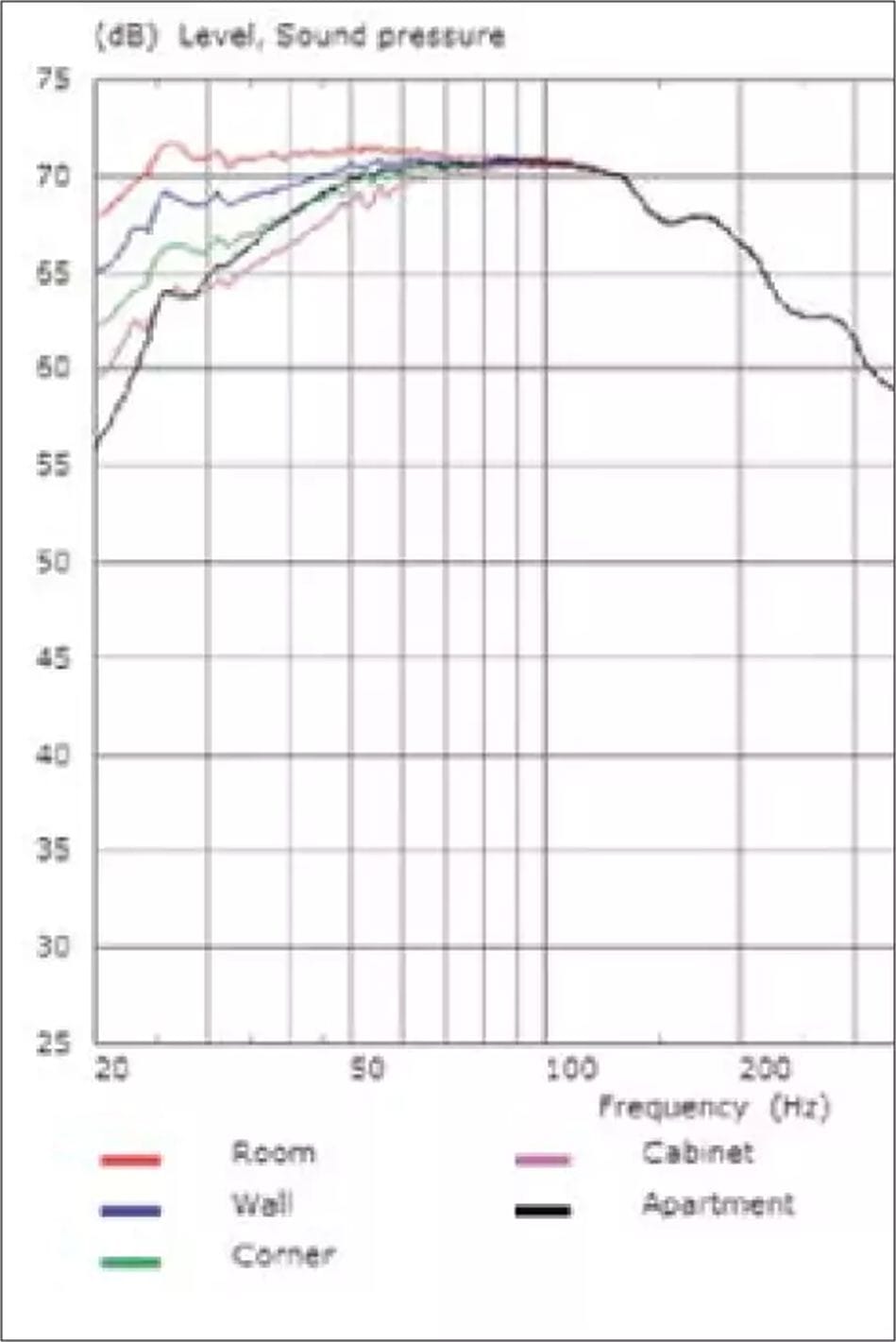
This graphic shows the DSP presets selectable on the KC62’s rear panel. “Room” is the neutral setting, and the others adjust the frequency response for specific needs.
To further stamp out “distortion,” KEF added what it calls “Smart Distortion Control.” First, a pre-DSP stage proactively prevents most distortion. Then, a sensorless feedback loop between the coil and amp detects any that still occurs and suppresses it in real time. According to KEF, this cuts distortion by up to 75 percent (also patent pending at the time). Equally impressive are the KC62’s connection and setup options!
All the patents in the world wouldn’t matter if you couldn’t connect the sub to your system. Aware of that, KEF gave this tiny sub a wide range of inputs and settings—there probably isn’t a setup the KC62 can’t join.
It happily takes a signal from a sub output on an active speaker or A/V receiver, from a pre-out on any preamp, or even from power amp speaker terminals. Except for speaker-level, you can go fully wireless by adding a small optional module.
You can adjust the crossover between 40 and 140 Hz on the sub itself (switch on “Manual”), or let your source device handle it (switch on “LFE”).
Because of its size, the KC62 is especially appealing for stereo setups. KEF’s “Smart Connect” feature lets one sub handle both stereo channels or split them across two subs—left channel to the left sub, right channel to the right sub.
The line outputs, typically used so the KC62 can function as a crossover for satellite speakers, can also connect a second sub if you’re using an LFE signal. Just flip the DIP switches (used to tweak the high-pass filter) to “1111.” That converts the line output into an unfiltered mono feed, where you attach the second KC62.
Surprisingly Capable
In our small listening room, it didn’t take long to see the KC62 is no lightweight. Incorrectly set up, it can spoil the sound like any big sub can—but integrated correctly, it can enhance your system’s performance just as effectively! After only a bit of fine-tuning, the KC62 seamlessly rounded out our already capable test setups.
Its smooth and coherent blend with the main speakers, quick response, and discreet (but potent) character stood out. For instance, the punchy drum hits in Charly Antolini’s “Motodrum” were so dynamic and energetic that switching the sub off felt deflating: we instantly missed the extra space, drive, and detail in the lower end.
Marcus Miller’s “Papa Was A Rolling Stone” gave the sub another chance to shine. It added depth and presence to the bass without artificially lifting it in the mix.
TEST DEVICES
Turntables: Acoustic Solid Classic Wood MPX, Robert RT200
Phono Preamp: Cambridge Duo
Digital Sources: Bluesound Node 2i, Canor CD 2.10
Integrated Amplifier: Exposure 2510
Loudspeakers: B&W 705 Signature, KEF LS50 Wireless II
Subwoofer: Nubert XW-700
Cables: Van den Hul, Audioquest, Black Connect, HMS, In-Akustik, Oehlbach

WIRELESS KIT With KEF’s KW1 adapter, you can drive the KC62 wirelessly. Setup takes a bit of patience, but once paired, the connection is straightforward and stable.
When the KEF is on, you quickly forget about it—until you switch it off and immediately notice what’s missing, which is exactly what a sub should do!
It’s not limited to subtle music either. The KC62 also handles the growling organ in Bach’s “Toccata,” as performed by Virgil Fox, or Lulu Rouge’s bass-heavy “You Say I’m Crazy44,” easily shaking the walls. It might lack the overwhelming raw force of bigger subs, but that’s no problem.
After all, the KC62 was specifically designed as a small-footprint sub, ideal for tighter living spaces where all-out, room-shaking bass simply isn’t practical. In such environments, it excels with precise, well-integrated, and balanced low-frequency reproduction.
If you want explosive, window-rattling effects in a big home theater, there are other choices. But for boosting the low-end of a compact stereo setup geared toward music listening, it’s hard to find a sub of this size that competes with the KC62.
In short, KEF shows that a subwoofer doesn’t need to be the size of a wardrobe to perform well. Their highly flexible KC62 matches many modern living spaces and makes no real sonic compromises. Physically and sonically, it’s a clear example of class over mass, and that’s certainly a welcome development.
THIS IS WHAT WE LISTENED WITH
Marcus Miller: Afrodeezia

A funky, rhythmically rich, and melodically varied album by jazz bassist Marcus Miller, partly inspired by his work on the UNESCO Slave Route Project.

The KC62’s rear panel uses quite a bit of plastic, which doesn’t feel overly premium. However, its 14 kg weight reflects the solid build and robust features.
KEF KC62 Specs
Available in White or Black
Dimensions: 26 x 25 x 24.8 cm (W x H x D)
Warranty: 2 years (5 years on drivers)
Due to KEF’s innovative advances, the KC62 achieves an impressively compact form without sacrificing notable features or audio quality. Its broad array of connection options makes it straightforward to integrate, and in smaller or medium-sized setups, its precise, agile, and well-balanced bass greatly benefits the overall sound.
Measurement Results
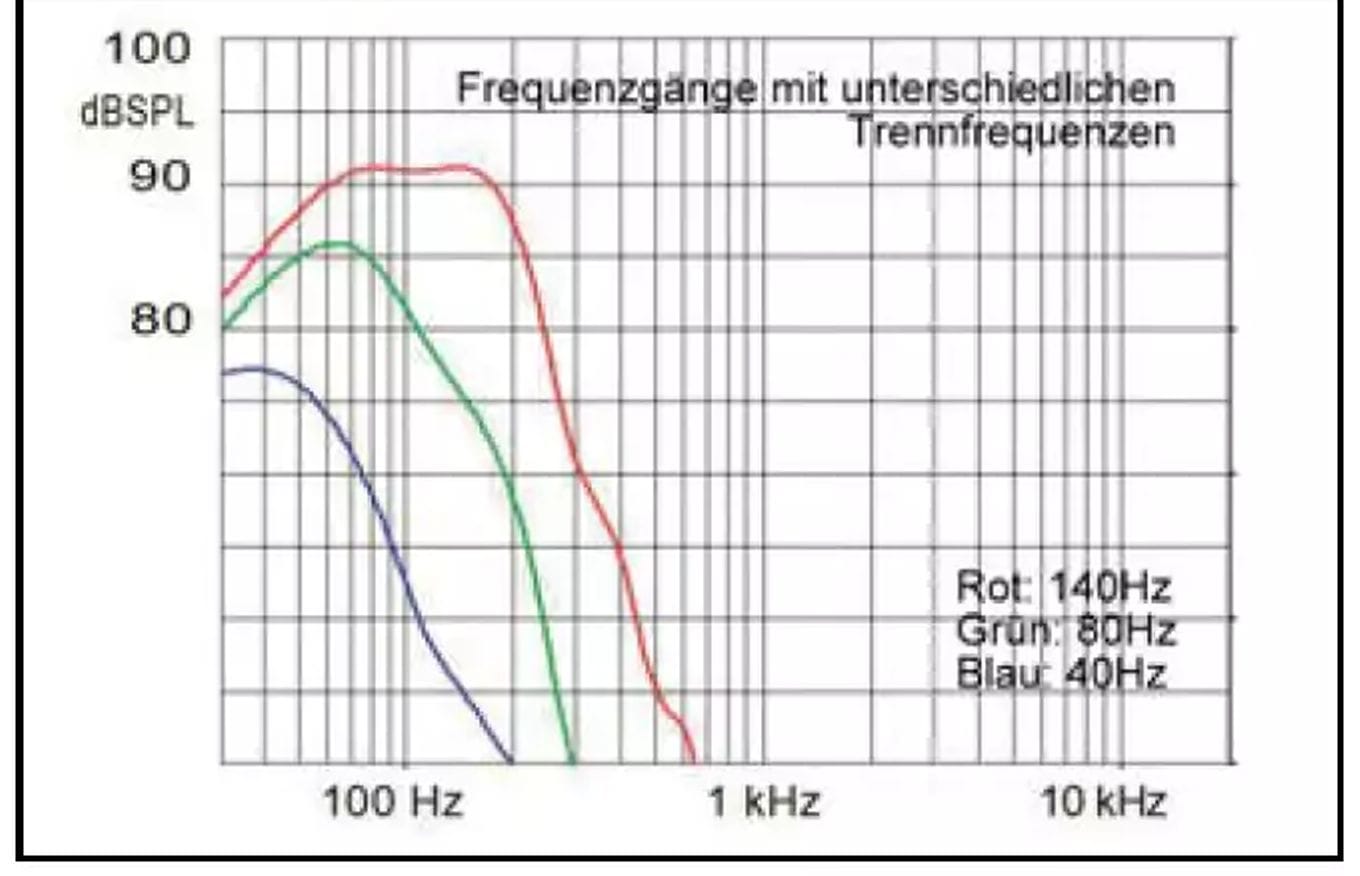
Upper Cutoff Frequency (min.): 60 Hz
Upper Cutoff Frequency (max.): 180 Hz
Lower Cutoff Frequency (min.): <30 Hz
Lower Cutoff Frequency (max.): 42 Hz
Power Consumption, Standby/No Load (at): <0.1 W / 21 W
Lab Comment
Measurements at three crossover settings show that lowering the crossover also lowers overall output. In practice, it’s not a big issue—you can simply compensate using the sub’s volume control.
Features
RCA inputs, LFE, speaker-level input, phase 0/180°, ground lift, RCA output for satellites or an extra sub, adjustable level and crossover frequency, optional wireless module, five DSP presets, and DIP switches (“Mäuseklavier”) for the high-pass filter.
Test
- Sound Level: 80% → 8/10
- Price/Performance: 5 stars → 10/10 (“Outstanding”)
When you purchase through links on our site, I may earn an affiliate commission. Here’s how it works.
Review! KEF KC62 Micro-Subwoofer Review!
Setting the right expectations for this lil' monster. Check it out here: https://shop-links.co/cfz7JQiM302 KEF KC62 White Paper: ...



